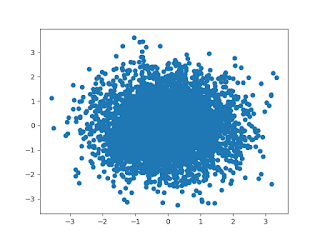The secret to labeling financial data
This post will describe the secret of labeling financial data To avoid the curse of dimensionality, it is advisable to reframe a regression problem into a classification problem where possible. Fixed horizon method: Fixed horizon method is a popular method to do this. There are two components to this, a. generating the fixed horizon, and b. labeling the data. Generating the fixed horizon is done through the use of bars, time bars/tick bars/volume bars/dollar bars. The bars other than time bars are preferred because the return series is closer to the normal distribution. Labeling the data is done by setting up a return threshold, t. If the return, r, over a fixed number of bars is less than -t, label the bar as -1, between -t and t label 0, and beyond t label 1 A variation of the above method, that is very appealing, is to replace the raw return r with the standardised return z, which is the return that is adjusted for the volatility predicted over the interval of bars we are calcu...
